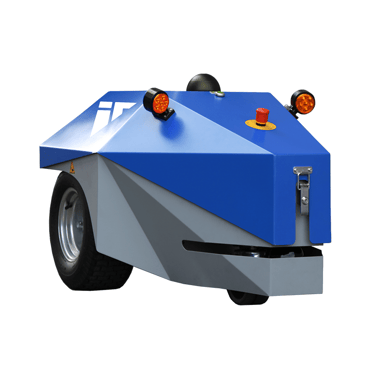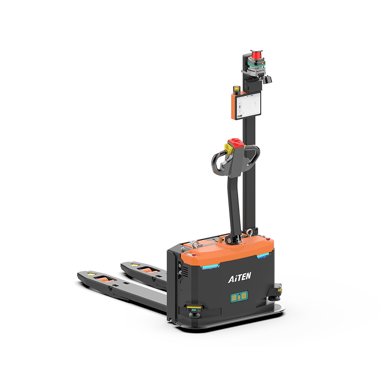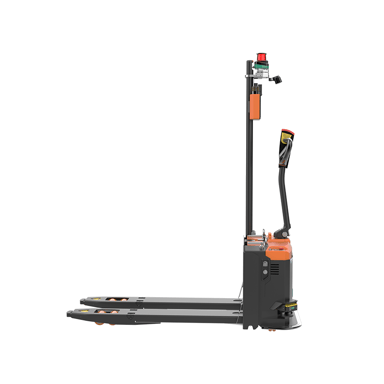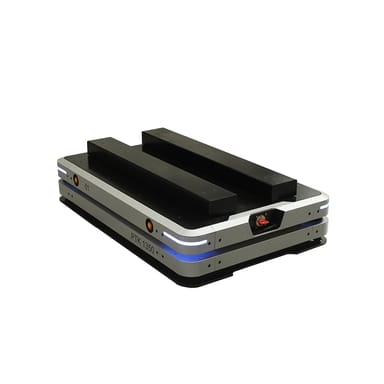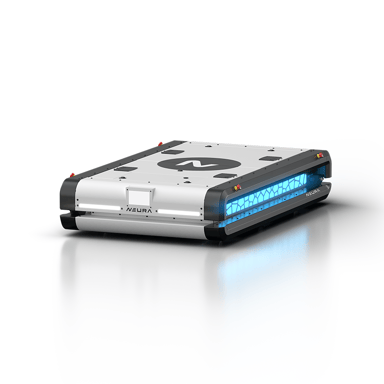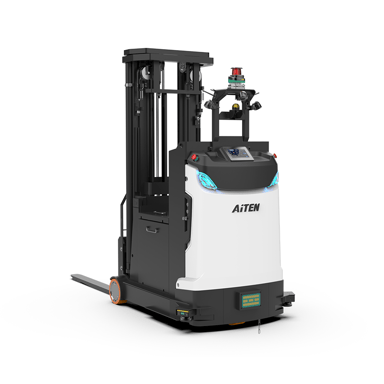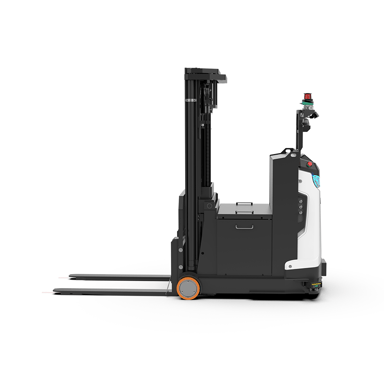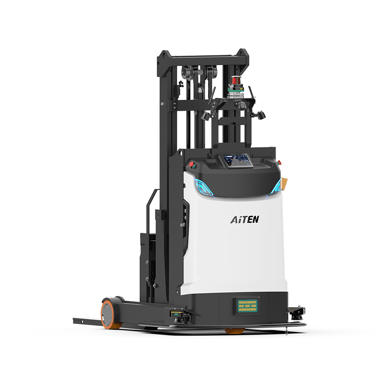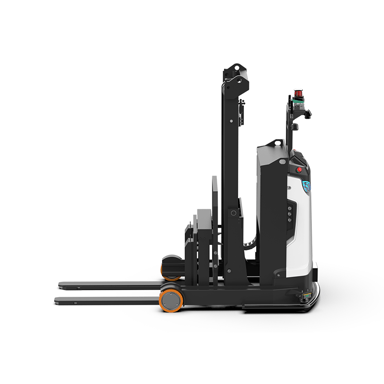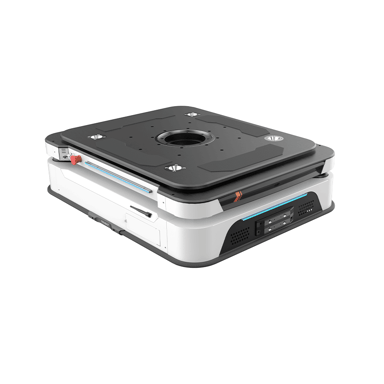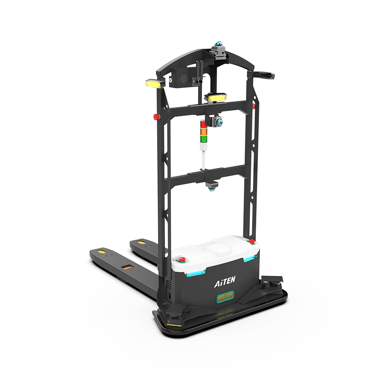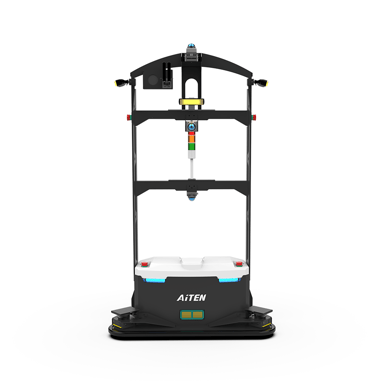Marketplace
Cobot (110)
Grippers (115)
Industrial Robots (86)
Cameras (32)
Starter-Kit (4)
End of Arm Accessories (34)
Teaching Kits (1)
Cobot-Base (9)
Software (10)
Control Technology (13)
Industry-PC (7)
Safety Solutions (39)
Panel (2)
Humanoide Roboter & Vierbeinige Roboter (6)
-
€AMR
Autonomous Mobile Robots (AMRs) revolutionize logistics by independently navigating warehouses and factories with advanced sensors and AI. Unlike fixed-path AGVs or stationary material feeding, AMRs adapt dynamically to changing environments, streamlining material transport. Their flexibility and efficiency make them essential for modern automation, boosting productivity in diverse industries.
1 / 1
Find your automation solution now with our configurator

